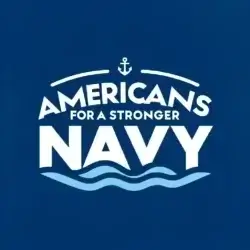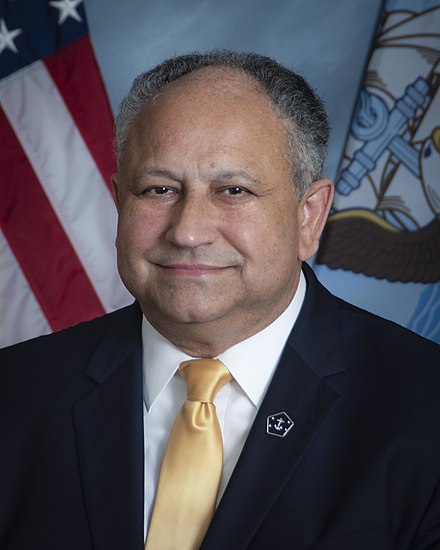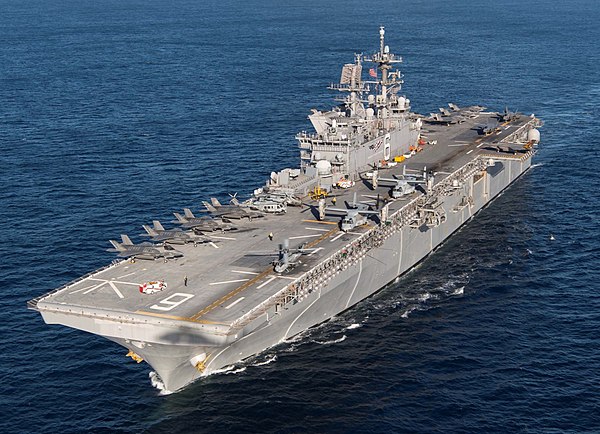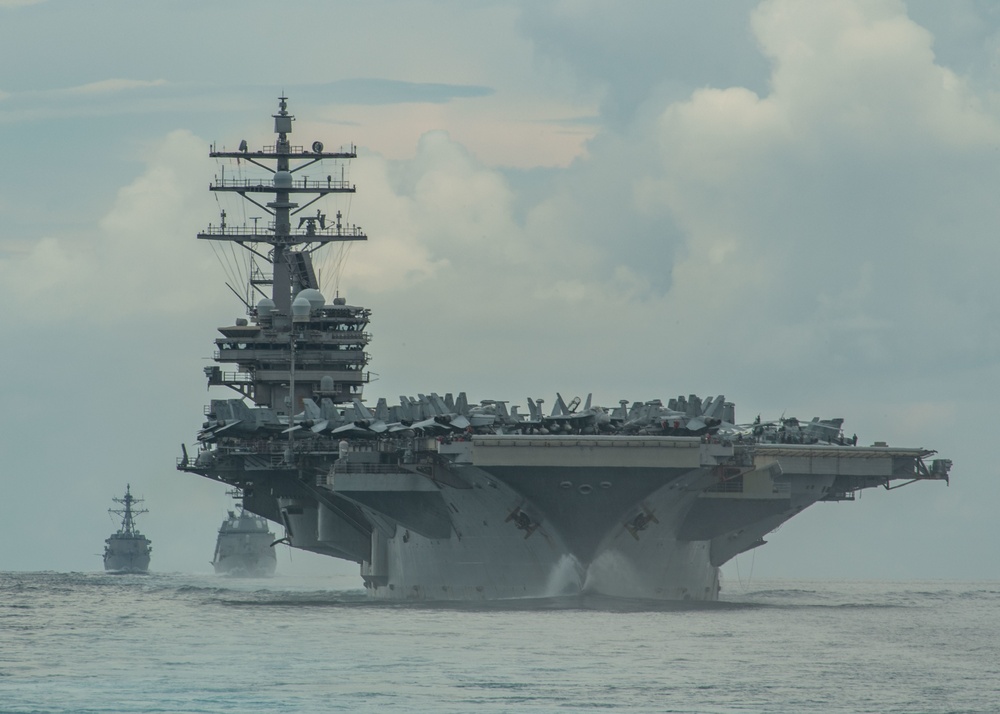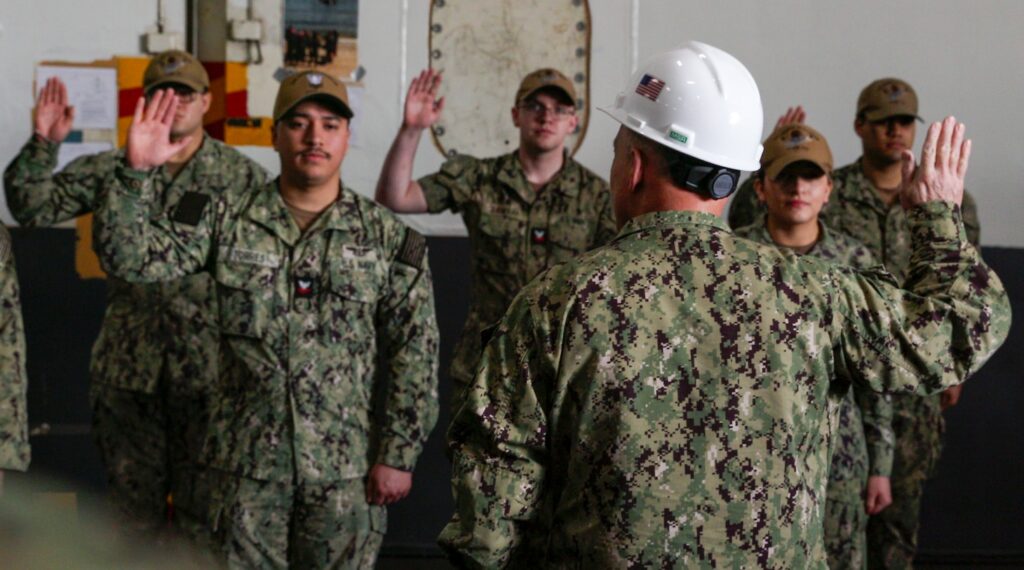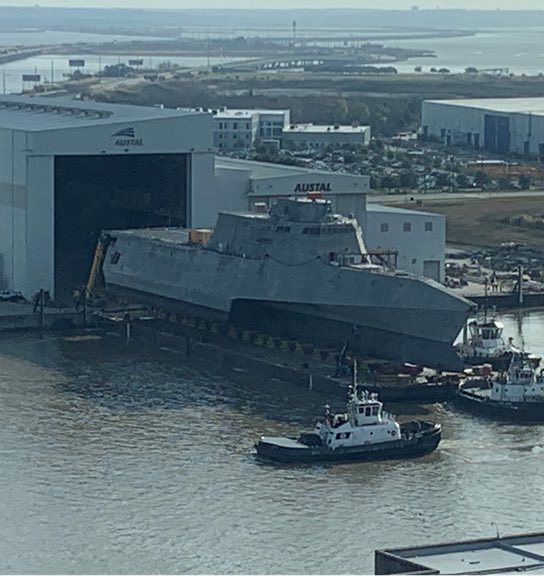
What’s inside
This “Tell us Your Story” blog post is dedicated to the Sailors of the USS Mobile. This post shares a story about those that serve on the USS Mobile. Also included is key takeaways of an article written by a crew member of the USS Mobile and a note of thanks to the crew from the founding members of the Americans for a Stronger Navy.
Watchstanders
Watchstanders on board the USS Mobile, a naval vessel that provides support to military and humanitarian missions around the world play an important role. These watchstanders are responsible for operating the ship’s various systems, maintaining communications, and ensuring the safety and security of the crew and the ship itself. The article below provides insight into the day-to-day experiences of the watchstanders, including the challenges they face and the satisfaction they derive from their work. The article emphasizes the vital importance of watchstanders in ensuring the success of naval missions and protecting the interests of the United States.
Key takeaways
- “This Tell us Your Story” blog post discusses the crucial role of watchstanders aboard the USS Mobile in operating systems, maintaining communication, and ensuring the safety of the crew and ship.
- Whether it is plotting the ship’s course, managing the decks, signaling to a helicopter during flight quarters or compiling a training report, Sailors aboard Mobile are supporting the needs of the ship and each other which, in turn, supports the mission
- It also highlights the challenges and rewards of their work and emphasizes their importance in supporting military and humanitarian missions.
Petty Officer 2nd Class Victoria Granado:
Aboard Independence-variant littoral combat ship USS Mobile (LCS 26), Sailors of varying rank and rate stand watch on the ship’s bridge – from driving the ship to watching the ocean surface for contacts. Twenty-four hours a day, Mobile’s Sailors man their watch stations. Optimally-manned, LCS demand each Sailor perform the duties of three legacy Sailors.
Boatswain’s Mate Chief Petty Officer Jesus Hernandez has served every one of his 19 years in the U.S Navy on destroyers and cruisers. Though no stranger to standing watch on a smaller ship, Hernandez noted some significant differences during his first deployment on an LCS. The assigning of watches that are typically reserved for officers are also assigned to senior enlisted Sailors.
“I stand Junior Officer of the Deck,” said Hernandez. “On this deck it’s a mixture of Quartermaster of the Watch, Boatswain’s Mate of the Watch and everything else that comes with being a JOOD. An LCS is completely different from any other ship I have been on.”
Hernandez explained that on ships with a traditional watch configuration there would be a minimum of three officers on the bridge at one time, each with a very specific role to fill.
“On the Mobile, a lot of duties and functions are combined into one watch,” continued Hernandez. “Which means a much longer and intensive training pipeline to get qualified.”
To stand JOOD on Mobile, Hernandez took courses to learn how to drive the ship as well as how to operate the ship’s navigation system. As the ship’s Deck Leading Chief Petty Officer, Hernandez stands his watches and carries out his duties in anchoring evolutions, flight deck evolutions, small boat operations, and search and rescue operations.
Lt. Calvin Davies, navigator for Mobile, stands watch as Officer of the Deck and is also well acquainted with the consolidation of watch positions.
“When I’m standing watch on the bridge, I’m the OOD, the helmsman and the conning officer all wrapped up into one,” said Davies.
When not on the bridge, Davies serves as the legal officer, the training officer, and is the head of the ship’s administration department.
“It’s great that my main billet as the ship’s navigator goes hand-in-hand with my watch standing,” said Davies. “Outside of that, I am constantly considering what perspective I need to approach something. From a legal officer’s perspective? Or a training officer’s?”
Assuming multiple and varied responsibilities extends to Mobile’s junior enlisted as well. For instance, Sonar Technician (Surface) 2nd Class Michelle Venegas, from Phoenix, Ariz., stands watch as a lookout on the bridge wings.
“I have a lot of professional pride in being a lookout for the ship,” said Venegas. “We’re the ‘watchful eye’ for the crew. It’s important that the rest of the team on the bridge has a visual of what is out there outside of what the radars can tell them.”
When not scanning the horizon for surface contacts, Venegas is the supervisor for her work center, the command’s training petty officer, the secretary for the Junior Enlisted Association and administrator of official correspondence for the entire crew.
Whether it is plotting the ship’s course, signaling to a helicopter during flight quarters or compiling a training report, Sailors aboard Mobile are supporting the needs of the ship and each other which, in turn, supports the mission.
“Serving on an LCS has really shown me what a Sailor is capable of,” said Hernandez. “It’s been exciting to see how we can work together and sync up to get the job done.”
Littoral Combat Ships are fast, optimally-manned, mission-tailored surface combatants that operate in near-shore and open-ocean environments, winning against 21st-century coastal threats. LCS integrate with joint, combined, manned and unmanned teams to support forward-presence, maritime security, sea control, and deterrence missions around the globe.
Letter from the Founding Members of the Americans for a Stronger Navy to the crew of the USS Mobile
Dear Watchstanders of USS Mobile: The Bridge and Beyond,
On behalf of Americans for a Stronger Navy, we would like to express our gratitude for your article highlighting the dedication and sacrifice of the watchstanders aboard the USS Mobile. We recognize the vital role that watchstanders play in ensuring the success of naval missions and protecting the interests of the United States.
We also appreciate the challenges that come with this critical responsibility and the rewards that come with ensuring the safety and security of the crew and ship. We are committed to supporting the watchstanders and all members of the Navy by advocating for a stronger Navy and ensuring that they have the resources and support they need to carry out their duties effectively.
Thank you for shedding light on the crucial work of the watchstanders aboard the USS Mobile, and please convey our appreciation to them and the entire crew for their service and sacrifice.
Sincerely,
Americans for a Stronger Navy

